Here is a little boat hire course for the most eager to embark ! A good entry for beginners or to update before your cruise. Anchors away !
What will be your boat hire course the day you embark ?
On the day of your arrival, after installing your belongings inside and getting a few touristic informations, we will spend roughly an hour with you through a boat hire course. In order to make real fresh water sailor out of you !
Scheduled :
For starters, let’s take a glimpse on your main tool : the navigation map ! It is important to fully master it in order to anticipate what is coming ahead of you and to sail safely. You will find elements such as : the fairway (where to navigate), the bridges, locks, decks, electricity plugs, a few signs, etc …
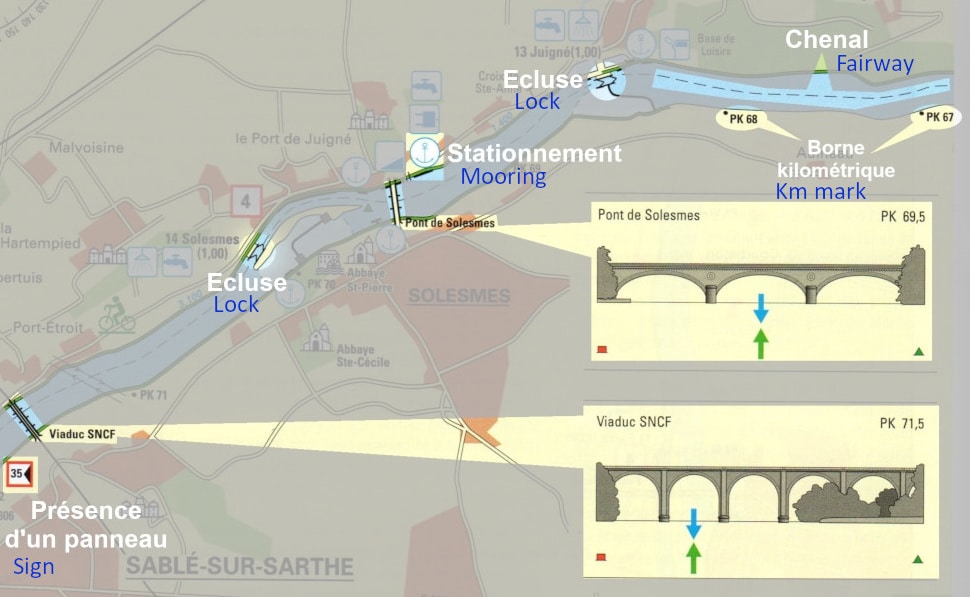
A few milestones around Solesmes village
Premièrement, pas de navigation marchande, pas de rond point, ni de carrefour … des règles donc très simples mais qu’il est nécessaire de connaître :
A quelle vitesse ? limité à 10 km/h en rivière premièrement (vitesse à laquelle le bateau est bridé) et 4 km/h aux abords des ports et écluses
De quel côté doit on naviguer ? Sauf contre indication, on navigue au milieu et on se croise comme en voiture : en s’écartant légèrement à droite.
Quelles sont les règles de priorité ? C’est le bateau qui descend la rivière (donc dans le sens du courant) qui est prioritaire dans les lieux étroits (arche de pont, canaux). Pour les écluses : c’est celui qui arrive du côté ouvert de l’écluse qui est prioritaire (logique !). D’autre part, les bateaux de services ou transportant des passagers (comme un bateau-restaurant) sont prioritaires partout.
Des horaires à respecter ? On peut naviguer tant qu’il fait jour ! Quant aux écluses, elles sont ouvertes de 9h à 20h en haute saison (avril à octobre) ; et de 9h à 17h en basse saison.
Quelques panneaux à retenir :
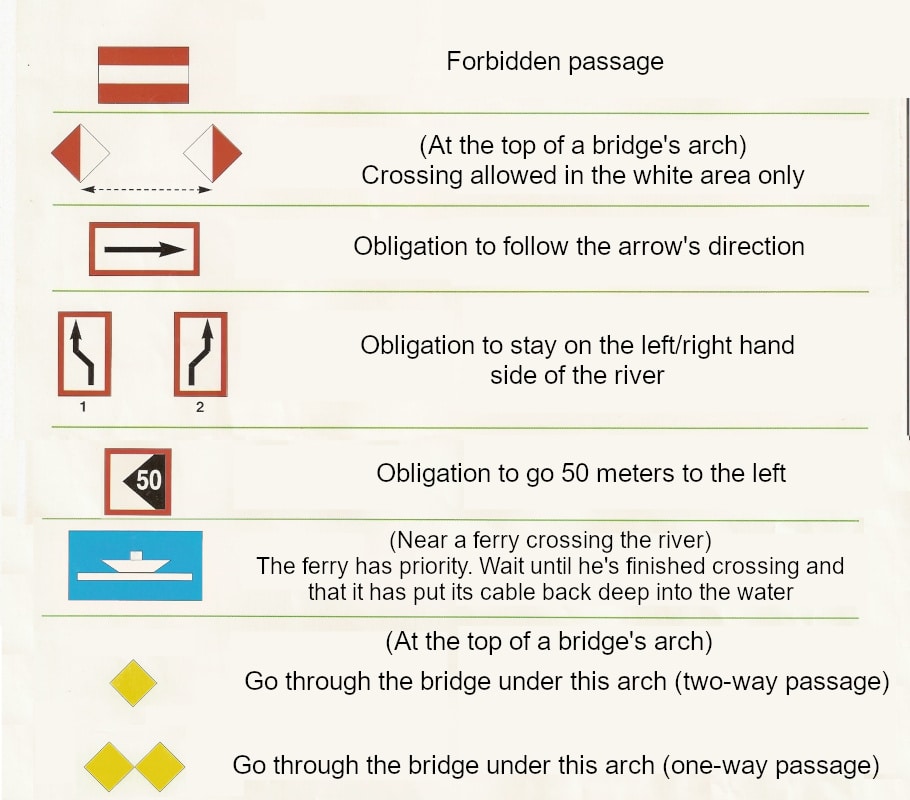
First of all, the main rule to keep in mind while mooring : we manoeuver against the current ! If however there is a strong wind, we manoeuver in that case against the wind. If you are not sure, a small tip for you : look which way the water seems to be moving !
The boat is indeed not a car ! It will be hard for the captain to handle alone un-mooring : that’s where teamwork comes in play ! As the rudder is at the rear of the boat, I cannot simply turn my wheel and sail away : because then the rear of the boat would swing and strike the dock I am trying to leave.
So, we will take advantage of the water properties : your boat is flotting and then extremely easy to push :
Outside of the docks and quays, two other solutions for you sailors :
If the area I want to go is already occupied by a boat : you have the right to moor alongside said boat. Of course, we ask nicely and discuss together who will leave first and when !
If you want to moor alongside the bank, it is indeed possible. A few basics rules though :
Only one knot will be asked to master : the cleat hitch. We will using either on a deck cleat ; or make a loop around a ring or a stake and come back on the boat to tie on the boat’s cleat.
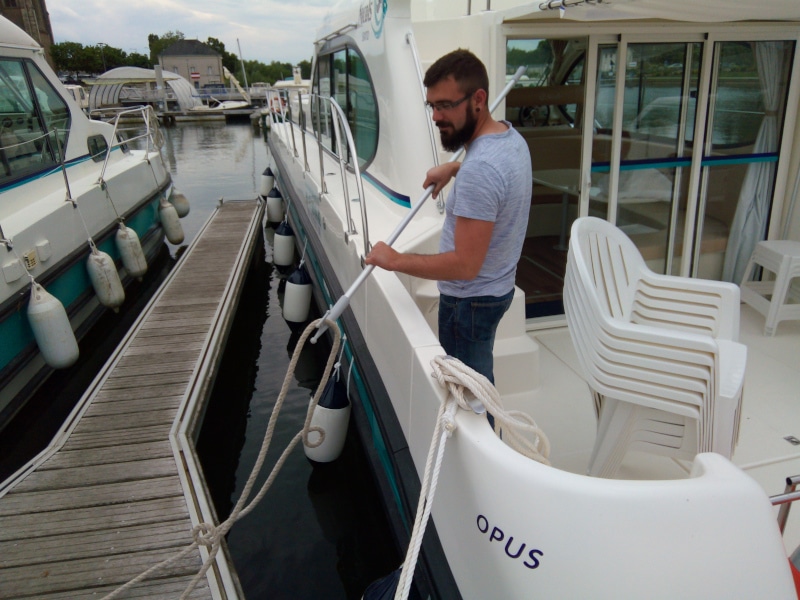
First of all, with only use the boat hook to GRAB (a rope, a cleat, something that fell into the water, etc …). We donnot PUSH with the boat hook (breaking, bending and falling hazard) !
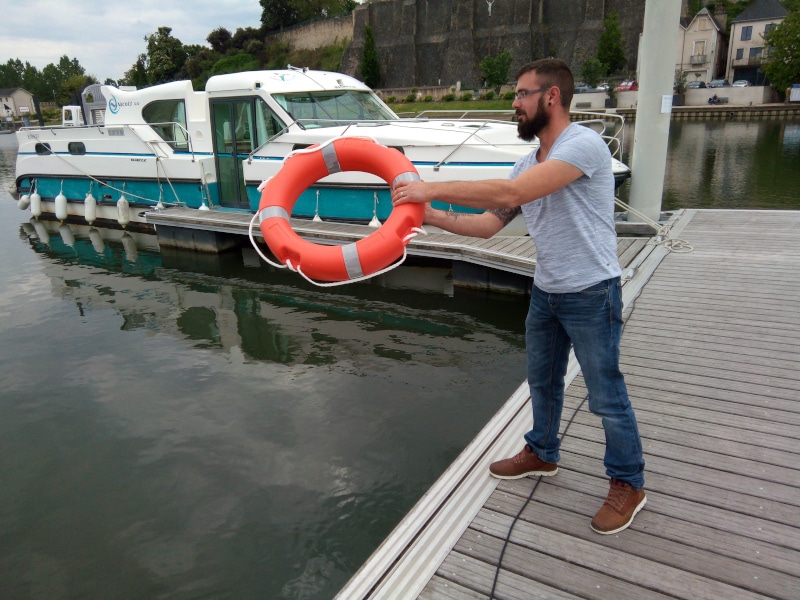
In cas one of your crew member falls off the boat, there are a few important steps to know :

Indeed, each and every one of our boat comes wih life vest (you will find their location on the boat plan). Child size vests will be given in the marina upon departure following sizes.
There is no specific rule regarding life vests. But we do advise wearing them near locks. And of course for non-swimmers, make sure to wear them everytime you get outside.
Congratulations ! You are on your way to becoming a real fresh water sailor !
Aoutch ! You were not paying attention young sailor ! But don’t worry, we will take the time to see all those topics again the day you will come to meet us !
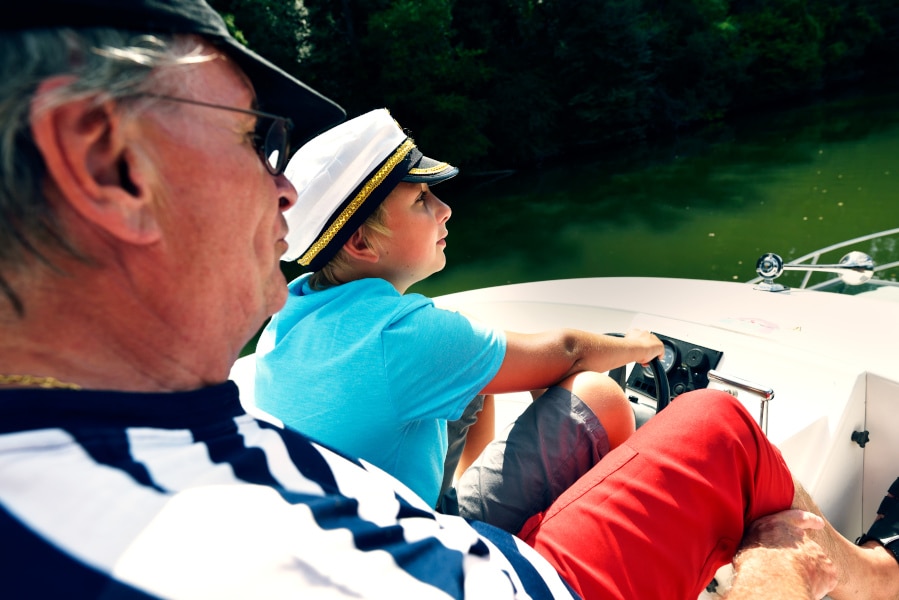
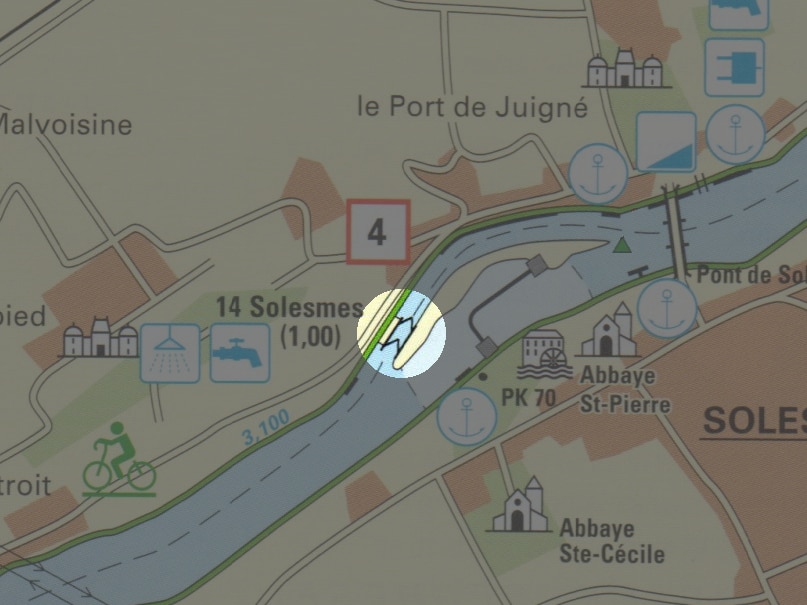
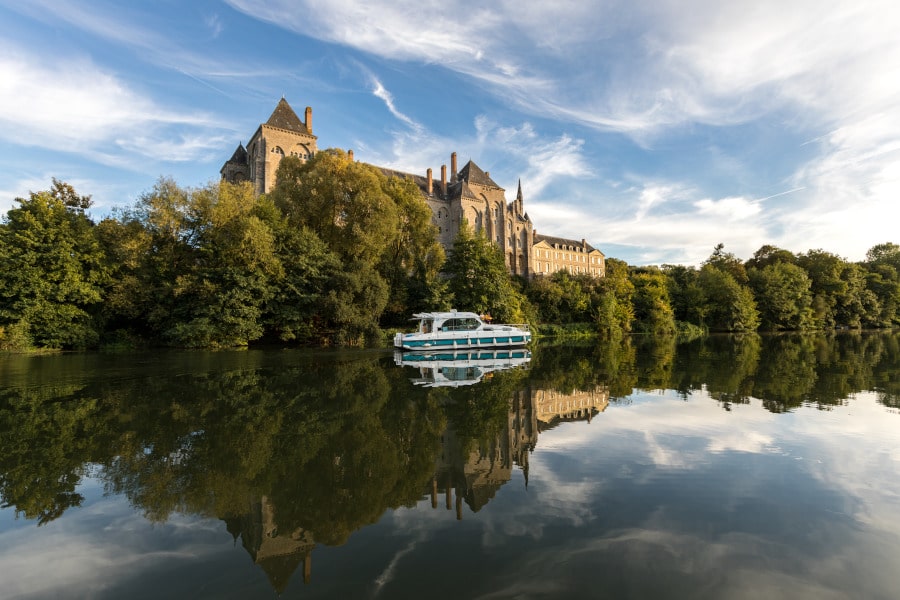

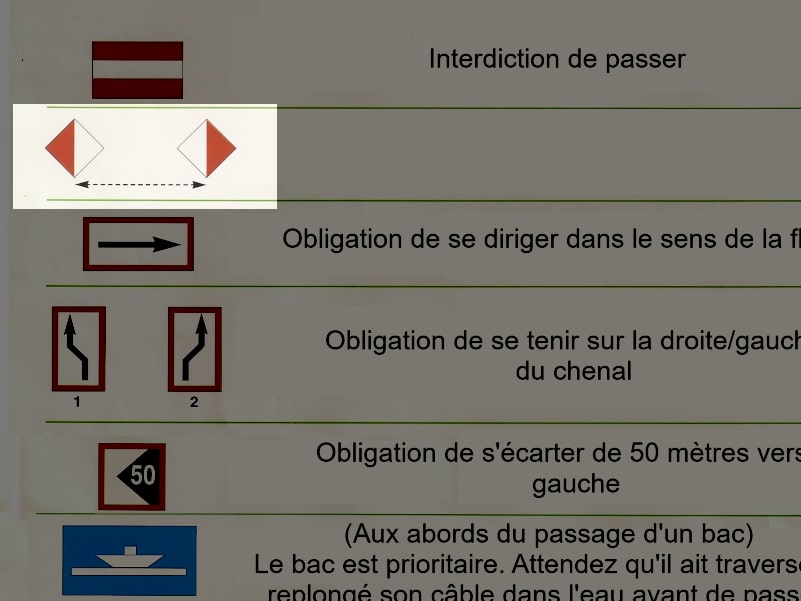

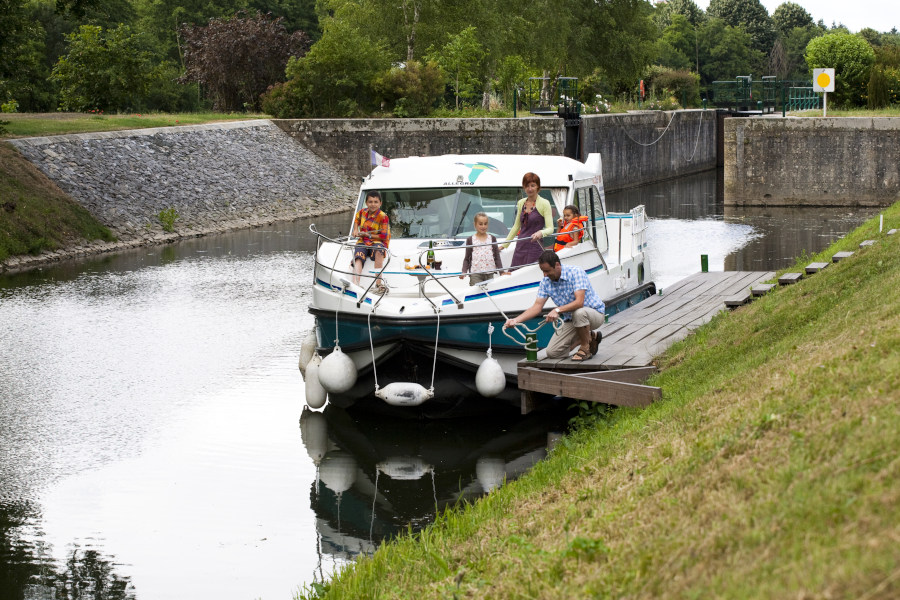
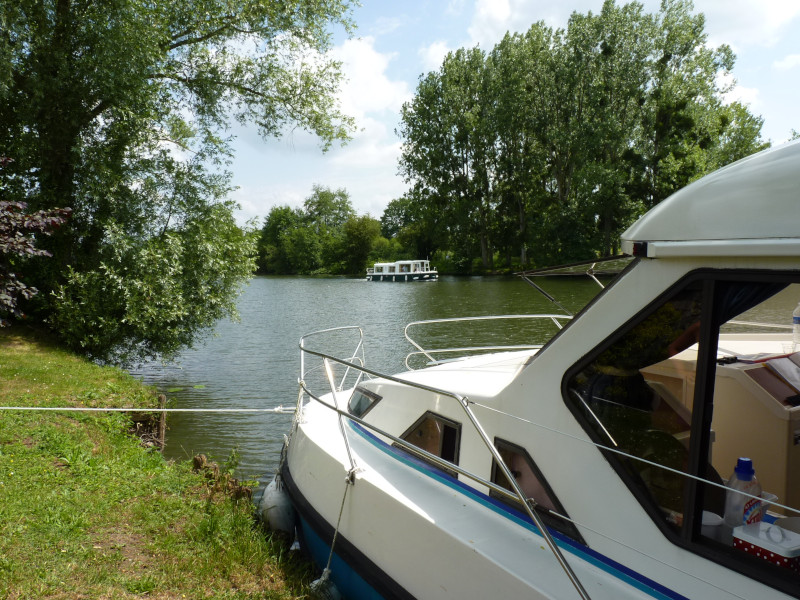


Receive promotions and new products in preview with the Anjou Navigation Newsletter
Quai National
72300 Sablé-sur-Sarthe
+33 2 43 95 14 42
(abroad) : (+ 33) 243 95 14 42
contact@anjou-navigation.fr
Find us on THE MAP